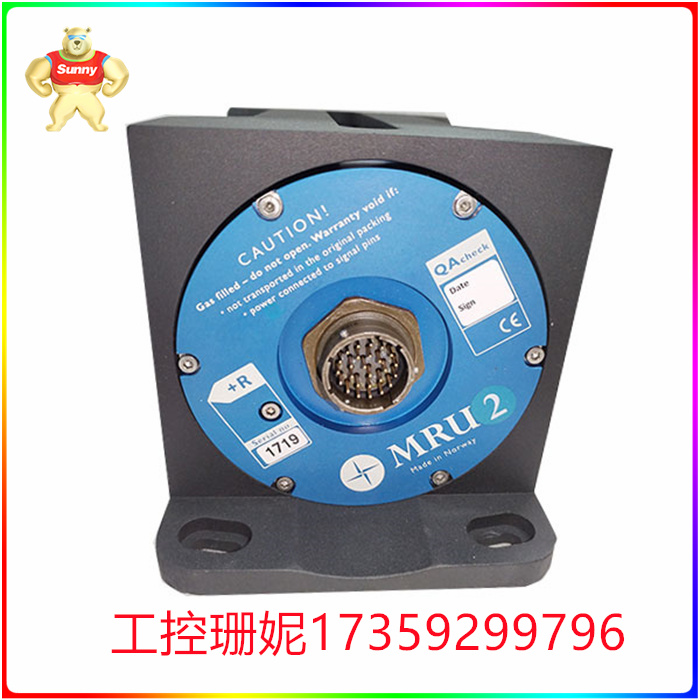KONGSBERG MRU-M-MB3 监控系统动态定位系统
伺服系统(servo mechanism)是使物体的位置、方位、状态等输出被控量能够跟随输入目标(或给定值)的任意变化的自动控制系统。
伺服主要靠脉冲来定位,基本上可以这样理解,伺服电机接收到1个脉冲,就会旋转1个脉冲对应的角度,从而实现位移,因为,伺服电机本身具备发出脉冲的功能,所以伺服电机每旋转一个角度,都会发出对应数量的脉冲,这样,和伺服电机接受的脉冲形成了呼应,或者叫闭环,如此一来,系统就会知道发了多少脉冲给伺服电机,同时又收了多少脉冲回来,这样,就能够很的控制电机的转动,从而实现的定位,可以达到0.001mm。
直流伺服电机分为有刷和无刷电机。有刷电机成本低,结构简单,启动转矩大,调速范围宽,控制容易,需要维护,但维护不方便(换碳刷),产生电磁干扰,对环境有要求。因此它可以用于对成本敏感的普通工业和民用场合。
A servo mechanism is an automatic control system that enables the controlled output of an object, such as its position, orientation, and state, to follow any change in the input target (or given value).
The servo mainly depends on the pulse to position, basically can be understood in this way, the servo motor receives a pulse, it will rotate the corresponding Angle of a pulse, so as to achieve displacement, because the servo motor itself has the function of pulse, so each rotation Angle of the servo motor, will emit the corresponding number of pulses, so that the pulse accepted by the servo motor echoes. Or closed loop, so that the system will know how many pulses are sent to the servo motor, and how many pulses are received back, so that the rotation of the motor can be controlled very accurately, so as to achieve accurate positioning, which can reach 0.001mm.
Dc servo motors are divided into brushed and brushless motors. Brush motor has low cost, simple structure, large starting torque, wide speed regulation range, easy control, and needs maintenance, but the maintenance is not convenient (change the carbon brush), electromagnetic interference, and the environment is required. Therefore, it can be used in cost-sensitive general industrial and civil applications.





 QQ在线客服
QQ在线客服